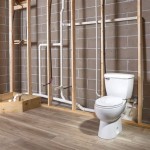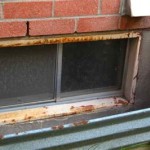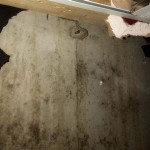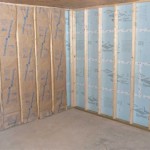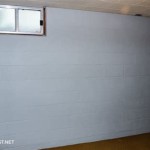Essential Aspects of Vapor Barrier For Dirt Basement Floor
Moisture issues in a basement can lead to a range of problems, from structural damage to mold growth. A vapor barrier is an important part of preventing moisture problems in your basement, and it's a relatively simple and inexpensive DIY project. In this article, we'll discuss the essential aspects of vapor barrier for dirt basement floor, including choosing the right material, installing it properly, and maintaining it over time.
Choosing the Right Material
There are a few different types of vapor barrier materials available, including polyethylene, vinyl, and rubber. Polyethylene is the most common and affordable option, and it's available in a variety of thicknesses and widths. Vinyl is a bit more expensive than polyethylene, but it's more durable and resistant to punctures. Rubber is the most expensive option, but it's also the most durable and resistant to moisture.
When choosing a vapor barrier material, the most important factor to consider is the thickness. The thicker the material, the more effective it will be at preventing moisture from entering your basement. For a dirt basement floor, a vapor barrier that is at least 6 mils thick is recommended. You may also want to consider using a vapor barrier that is dimpled or textured, as this will help to create an air gap between the vapor barrier and the concrete floor.
Installing the Vapor Barrier
Once you've chosen a vapor barrier material, you'll need to install it properly. The first step is to clean the dirt floor of your basement and remove any debris. Then, you'll need to roll out the vapor barrier and cut it to fit the floor. You should overlap the seams of the vapor barrier by at least 6 inches, and you should also tape the seams together to create a seal. Once the vapor barrier is in place, you can cover it with a layer of gravel or sand to protect it from damage.
Maintaining the Vapor Barrier
Once your vapor barrier is installed, it's important to maintain it over time. This means inspecting the vapor barrier for any tears or punctures, and repairing them as needed. You should also keep the vapor barrier clean and free of debris. By following these simple tips, you can help to keep your basement dry and free of moisture problems.
Conclusion
A vapor barrier is an essential part of preventing moisture problems in your dirt basement floor. By choosing the right material, installing it properly, and maintaining it over time, you can help to keep your basement dry and comfortable.

Waterproofing Basements With Dirt Floors Stone Walls More

Waterproofing Basements With Dirt Floors Stone Walls More

Sealed Crawlspaces Concrete Vs Plastic Waterproof Magazine

Does My Crawl Space Need A Vapor Barrier Acculevel

Crawl Space Vapour Barrier Basement Systems

Waterproofing Basements With Dirt Floors Stone Walls More

Waterproofing Basements With Dirt Floors Stone Walls More

The Cleanspace Wall Basement Vapor Barrier System

Insulating Crawl Space With Dirt Floor Value Dry Waterproofing

Cleanspace Vapor Barrier Contractor In London On
Related Posts
